rhododendrons in full sun in Atlanta?
mayland
16 years ago
Related Stories
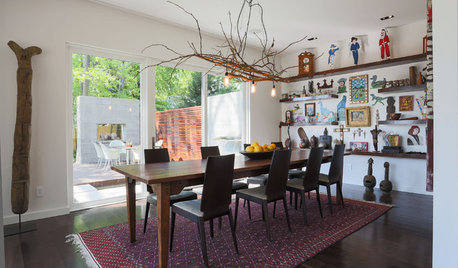
CONTEMPORARY HOMESHouzz Tour: Foresight Pays Off in Atlanta
Seeing the growth potential leads to a couple’s creative live-work space in a newly desirable neighborhood
Full Story
GARDENING GUIDESHave Acidic Soil in Your Yard? Learn to Love Gardening Anyway
Look to acid-loving plants, like conifers and rhododendrons, to help your low-pH garden thrive
Full Story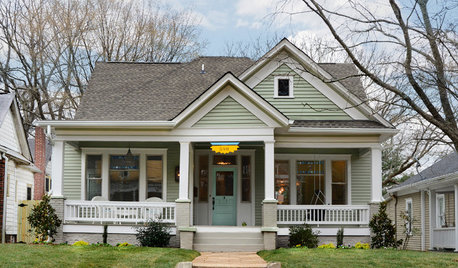
HOUZZ TOURSHouzz Tour: Lovingly Resurrecting a Historic Queen Anne
Dedication and a keen eye turn a neglected eyesore into the jewel of its Atlanta neighborhood
Full Story
LANDSCAPE DESIGNFind Yourself in an Epic Garden in the Shade
Feeling hot and tired gardening in the sun? The world of shade gardening beckons you to its cool mystery
Full Story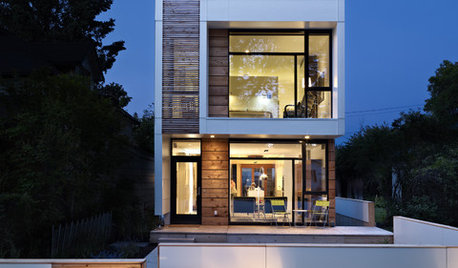
HOUZZ TOURSHouzz Tour: Wide-Open Views on a Narrow Canadian Lot
Expansive glass walls facing the street create openness, sun-filled rooms and closer relations with the neighbors
Full Story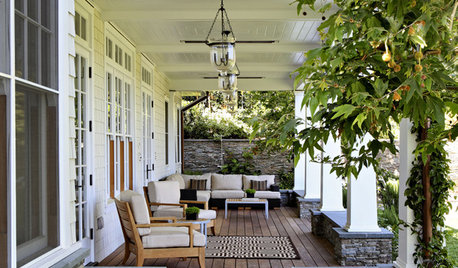
GARDENING AND LANDSCAPINGReaders' Choice: The 10 Most Popular Outdoor Spaces of 2012
All in the courtyard, please rise — these favorite patios, yards and decks deserve your full attention
Full Story
WALL TREATMENTSFabric: The Unsung Wall-Decorating Hero
Rich, unexpected and full of stories, textiles as wall art are a wonderful addition to a design toolbox
Full Story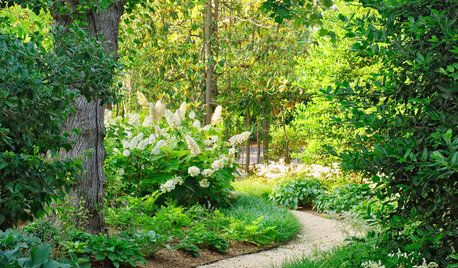
LANDSCAPE DESIGNUnwind in Your Own Private Garden Escape
When the world is getting on your last nerve, an outdoor refuge can soothe and nurture. Here's how to design a garden with relaxing in mind
Full Story
PRODUCT PICKSGuest Picks: Superstylish Indoor-Outdoor Rugs
Soft on the feet and easy on the eyes, these rugs work great for high-traffic areas anywhere
Full Story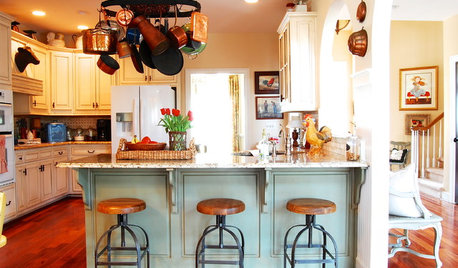
HOUZZ TOURSMy Houzz: French Country Meets Southern Farmhouse Style in Georgia
Industrious DIYers use antique furniture, collections and warm colors to cozy up their traditional home
Full StorySponsored






rhodyman
maylandOriginal Author
Related Professionals
West Milford Landscape Architects & Landscape Designers · Carson Landscape Architects & Landscape Designers · South Elgin Landscape Architects & Landscape Designers · Willowick Landscape Architects & Landscape Designers · Williamsburg Landscape Contractors · College Park Landscape Contractors · Eureka Landscape Contractors · Kaysville Landscape Contractors · Louisville Landscape Contractors · Mesa Landscape Contractors · Methuen Landscape Contractors · Milford Mill Landscape Contractors · North Lauderdale Landscape Contractors · Setauket-East Setauket Landscape Contractors · Pike Creek Valley Gardeners & Lawn Carencdirtdigger
rhodyman
Susan Garrison
maylandOriginal Author
rhodyman